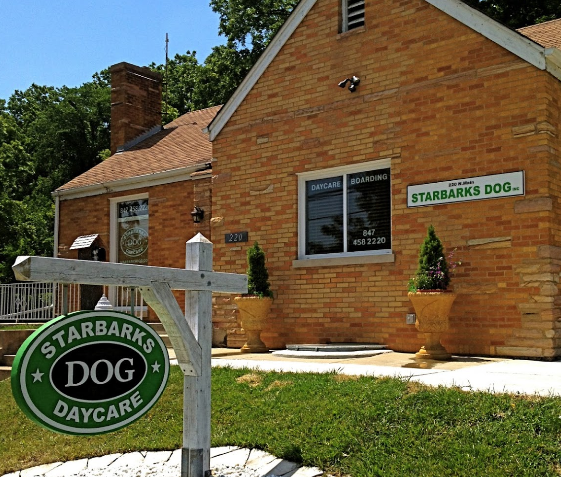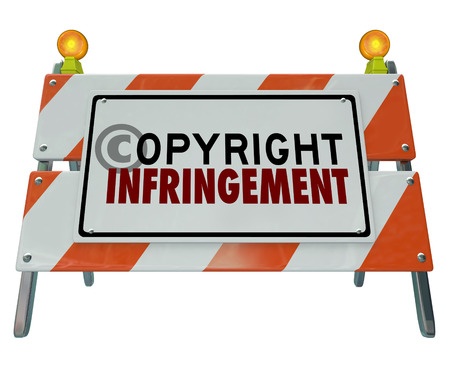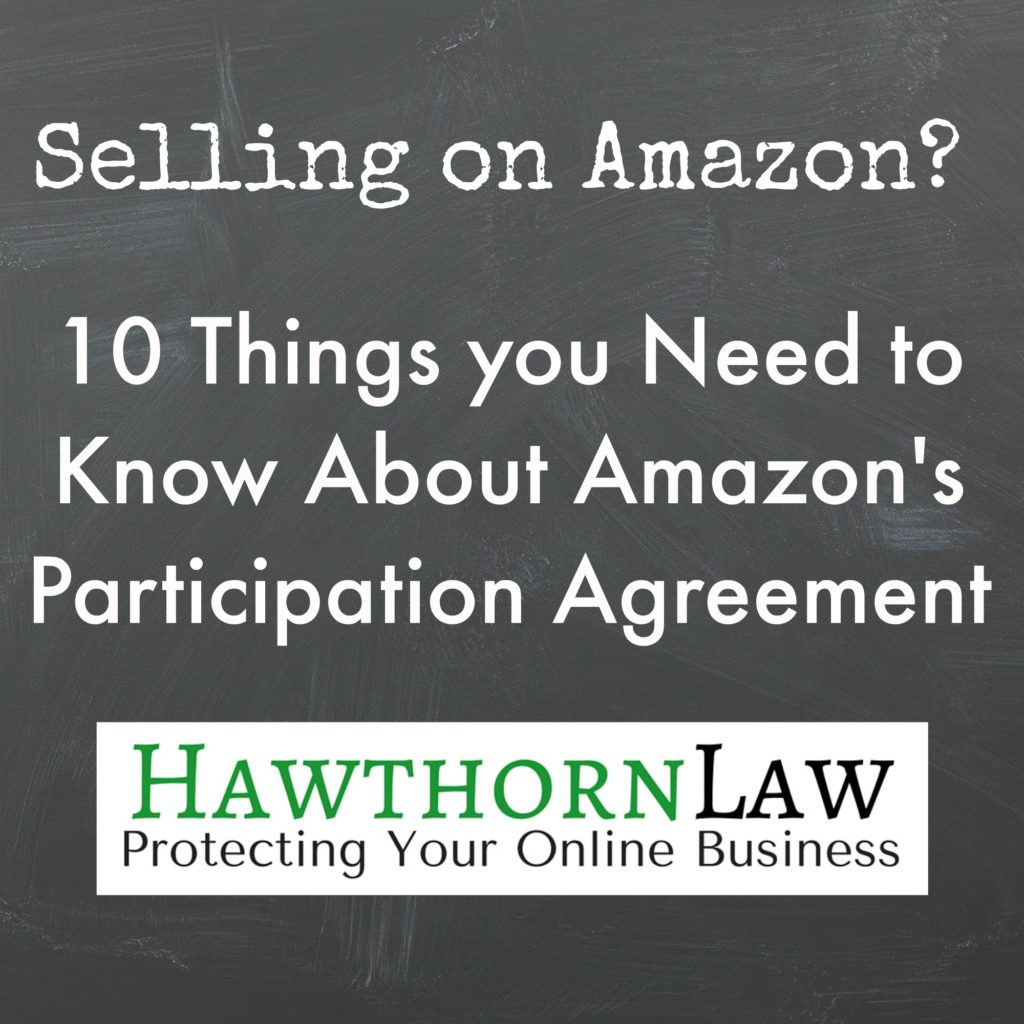If you are creating videos for YouTube and other social media platforms, chances are you want to add some music to your content to spice it up a bit.
But you must be careful. Generally speaking, if you didn't create the music, or you don't have a commercial license to use it, then you can't use it. And if you disregard this guidance, the consequences can be severe… including everything from a total shutdown of your channel to a lawsuit in Federal Court.
Music in this sense can refer to anything from sound effects to background music to popular songs.
Record companies and artists don't play around when it comes to their intellectual property, and neither do social media platforms such as YouTube.
In this post I'm going to do a quick rundown of the U.S. Copyright Laws, discuss the types of music you can and can't use on YouTube, and review how YouTube's Content ID system works.
Ready? Let's get to it…
What YouTube has to say about Copyright
YouTube has published significant guidelines regarding the rules surrounding copyrighted material to help content creators abide by Federal Copyright Laws. According to YouTube's own Copyright and Fair Use Policy:
Creators should only upload videos that they have made or that they're authorized to use. That means they should not upload videos they didn't make, or use content in their videos that someone else owns the copyright to, such as music tracks, snippets of copyrighted programs, or videos made by other users, without necessary authorizations.
As you read this, you are probably wondering what the exception is for “necessary authorizations”. We are going to get to that in a second. But first, let's do a quick and dirty rundown of the U.S. Copyright Law.
An Overview of U.S. Copyright Laws
According to the US Copyright Office, a copyright is:
“a type of intellectual property that protects original works of authorship as soon as an author fixes the work in a tangible form of expression.”
In general, this means that anything you create, be it a music track, painting, photograph, illustration, sound recording, computer program, book, poem, blog post, movie and all sorts of other things are considered “original works” that receive copyright protection.
How long does a copyright last?
How long a copyright lasts depends on when the work was created. Works created on or after January 1, 1978 are protected for the life of the author plus seventy years after their death. If the work was made for hire, then the copyright lasts 95 years from publication or 120 years from creation, whichever is shorter. Works created prior to 1978 have a different timeframe.
All this is to say that if there is a musical work that was created after 1978 that you want to use in a YouTube video or in other social media platforms, then chances are you will need to license that work from the author if you want to use it legally anytime soon.
As of January 1, 2023, musical works from 1927 and earlier are in the public domain. That means you are free to use them in your videos without fear of any legal consequences.
Works published between 1928 and 1977 that were published with a proper copyright notice are still protected under U.S. Copyright Laws.
Personal vs. Commercial Use
Many people get confused and wrongly believe that if they have created a video for personal use then they can use that in a YouTube video. A perfect example of this is a school project or slideshow set to some of your favorite tunes.
Unfortunately, even if this video is marked as private or unlisted on YouTube, the Content ID system is still scanning it for potential copyright violations.
What is YouTube's Content ID Claims System?
Because of the sheer volume of content created and posted to YouTube each and every day, the Content ID system was created to automatically scan every video that is uploaded to YouTube to check for copyrighted material.
The purpose of this system is two-fold. First, to protect the copyrighted content of creators, and second to alert you to any potential copyright issues before they become a problem for you or your channel.
You should be aware that the Content ID system is always working in the background of your channel. Videos you published months or even years ago still have the potential to get flagged by YouTube.
What types of Music Can You Use in YouTube Videos?
So you may be thinking to yourself, that sounds good and all, so is there any music at all that I can use on YouTube, or are there any situations where I can use copyrighted music without getting into legal hot water?
And the simple answer is yes, there are multiple ways you can use music in your YouTube and other social media channels without running into trouble.
Here, we will review several types of music you can use including music in the public domain, royalty-free music, and music that you have properly licensed.
Public Domain Music
As referenced above, any music published in 1927 or before is considered in the public domain and freely available for you to use. For works published between 1928 and 1977, you would need to check to see if the work was published with the proper copyright notice. If it was NOT, then it also may be in the public domain and available for use.
Royalty-free Music
Some artists are willing to make their music available for free for other creators to use. This is considered a royalty-free license. A quick search on YouTube will find channels that offer Royalty-free or copyright-free music. Whenever you use a piece of music music in this way, you should check to see if there are creative commons licenses attached to the music, and if so, make sure you comply with the terms of that license.
Creator Music on YouTube
Every YouTuber has access to a catalog of music tracks that they can use in their videos.
Creator Music is found in the back-end of YouTube Studio and allows you to use an audio track free of charge from both YouTube's Audio Library as well as other artists that have made their music available in the program.
However, you should be aware that although your channel will be protected from copyright strikes and demonetization claims, you may be required to split any Adsense revenue with the music rights holders.
YouTube Audio Library
YouTube has created an Audio Library that offers truly free music to creators. The only stipulation is that you are only licensed to use this music in your YouTube videos.
License Music from Third Party's
A license is a fancy way to say that you have permission to use the music you've included in your video.
There are a growing number of companies that will offer you access to their catalog of music in exchange for a monthly fee. One of the most popular options for many YouTubers (myself included) is Epidemic Sound. This is an affiliate link. You may use this link to get a free month with Epidemic Sound and we may receive financial compensation if you purchase through this link.
Years ago when I first started using Epidemic Sound, they made a copyright claim on one of my videos. I reached out to them and reminded them that I had a valid subscription to their service and they quickly removed the claim.
The lesson here is that whenever you decide to used music with a license, you must be vigilant and pay attention to your channel to make sure there are no inadvertent contend ID claims or take down requests. In addition, you must read the rules of the license carefully to make sure you don't accidentally violate its terms and restrictions.
Negotiate Directly with the Music Producer or Creator and ask their Permission
You may always negotiate a deal with an artist to use their music in exchange for a royalty fee or other consideration. It goes without saying that the more subscribers and views you have on YouTube, the more leverage you may have to negotiate deals like this.
Keep in mind that if you are negotiating directly with an artist, you will want to get your agreement in writing with a permission agreement, and you want to make sure that you have the right to use the music anywhere you may post the video, whether it is YouTube, Instagram, Facebook, TikTok, Twitter or any other social media platform.
What Constitutes Fair Use?
Most people who improperly attempt to use music in their videos do so under the faulty thinking that it is merely “fair use” without really understanding what that legal term means.
Fair use is a legal doctrine that provides a defendant with a possible defense to a copyright infringement lawsuit or copyright violation. It is NOT a catch-all that allows you to steal music and claim that you did so because it was “fair use”. In the United States, some examples of fair use are works of commentary, criticism, research, teaching, or news reporting.
Chances are, whatever it is that you are using the copyrighted material for in your video is NOT fair use. And you certainly don't want to risk a copyright strike or federal lawsuit just because you think your use of the material constitutes “fair use”.
Common Questions About Using Copyrighted Music on YouTube
Here are some of the most common questions I get from clients about using copyrighted music on Youtube. Remember, the general rule here is that unless you created it or own the rights to it, you can't use it.
“But I credited the artist”
It doesn't matter if you credited the copyright owner or not, you still can't use the copyrighted music without their permission or another exception applies (but not fair use). This is a common myth that gets a lot of YouTube Creators into trouble.
“But I only used a little bit of the song, like 10 seconds, isn't that ok?”
I love it when people ask how much of a song they can use and call it fair use. It doesn't matter if you use 10 seconds or 10 minutes, it's still not yours to use.
“What if I tell everyone in the comments that I don't know the rights to the musical work?”
Perfect. Now in addition to using the music illegally, you've also admitted as much to the whole world and handed an infringement case to the copyright owner. Don't do that. Please.
What are the consequences of using copyrighted music illegally?
As discussed previously, using copyrighted music, even short clips, can cause you years of legal headaches.
If you are lucky, your video will get demonetized. This means that the copyright owner will make a claim on your video. In this situation, they can either ask YouTube to take down the video resulting in a possible copyright strike (more on that in a minute) or they can make a monetization claim on your video.
In the latter case, they will be paid all of the Adsense revenue that results from your video – even if you only used a small 3 second clip of their music.
Alternatively, they could ask YouTube to take down the video. In this situation, you will be advised that you have received a copyright strike. Now you can either issue a counter-notification or wait 90 days for the strike to expire from your account. Neither is a great option. If you issue a counter-notification, then you are inviting the copyright holder to file a lawsuit against you for copyright infringement. If you get three copyright strikes on your account, then your YouTube Channel will be disabled.
The Bottom Line for Using Copyrighted Music
The bottom line is that using copyrighted music illegally, even just seconds of a song, can cause you real and serious problems both on YouTube and with other social media platforms.
My recommendation is to play it safe and use licensed or royalty free music in your content.



